Home>Dining>Tableware>What Size Corks Are Used In Vintage Salt And Pepper Shakers?
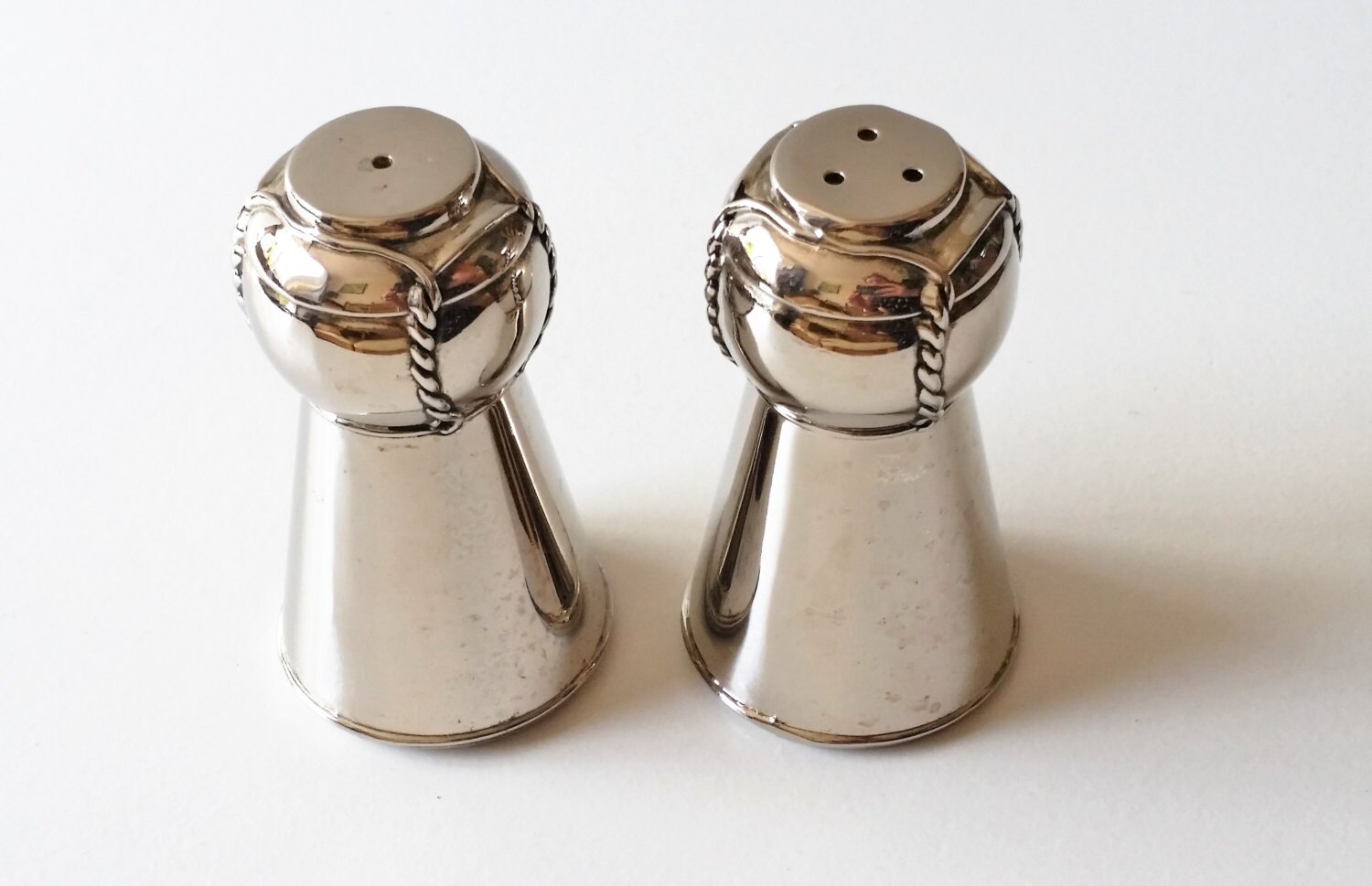

Tableware
What Size Corks Are Used In Vintage Salt And Pepper Shakers?
Modified: January 2, 2024
Learn about the vintage salt and pepper shakers' cork sizes used in tableware. Discover the perfect corks for your collection and ensure a proper fit.
(Many of the links in this article redirect to a specific reviewed product. Your purchase of these products through affiliate links helps to generate commission for Storables.com, at no extra cost. Learn more)
Introduction
Welcome to the captivating world of vintage salt and pepper shakers, where tableware becomes a timeless treasure. These small, functional pieces have served as decorative accents on dining tables for centuries, adding a touch of charm and practicality to mealtime. One important aspect of vintage salt and pepper shakers is the cork that seals the opening, keeping the seasonings fresh and ready for use.
In this article, we will delve into the fascinating history of vintage salt and pepper shakers, explore the different sizes of corks used, discuss the factors that affect cork size, and provide tips on finding replacement corks. So, let’s embark on a journey into the world of tableware and discover the secrets behind the cork sizing in vintage salt and pepper shakers.
Key Takeaways:
- Understanding the history, common sizes, and factors affecting cork size in vintage salt and pepper shakers is crucial for maintaining their authenticity and functionality. Proper care and finding replacement corks are essential for preserving these timeless tableware pieces.
- The corks in vintage salt and pepper shakers play a vital role in ensuring the freshness and quality of the seasonings inside. By exploring their history, finding suitable replacements, and maintaining them properly, we can continue to enjoy the charm and elegance of these beloved tableware items.
History of Vintage Salt and Pepper Shakers
The origins of salt and pepper shakers can be traced back to ancient civilizations. In ancient Rome, salt was a highly prized commodity and was stored in small containers called salinum. These containers were made of various materials such as glass, silver, and bronze, and often had small holes or perforations to sprinkle the salt. Pepper, on the other hand, was stored in small bags or cloth pouches.
It wasn’t until the 18th century that salt and pepper shakers as we know them today started to emerge. These early versions were crafted from various materials including porcelain, glass, and metal. They were typically small, ornate containers with separate compartments for salt and pepper, often adorned with intricate designs and patterns.
During the Victorian era, salt and pepper shakers became more elaborate and decorative. They were often made of silver or crystal and featured intricate engravings and embellishments. These exquisite shakers were not only functional but also served as a status symbol, showcasing the wealth and sophistication of the owner.
In the 20th century, salt and pepper shakers gained even more popularity, becoming a common household item. Manufacturers started producing a wide variety of designs to cater to different tastes and styles. From whimsical shapes like animals and fruits to sleek and modern designs, there was a salt and pepper shaker to suit every kitchen decor.
Today, vintage salt and pepper shakers have become highly sought after by collectors and enthusiasts. These unique pieces tell a story of a bygone era and add a touch of nostalgia to any dining table. From antique stores to online auctions, there is a thriving market for vintage salt and pepper shakers, with collectors constantly on the lookout for rare and valuable pieces.
Corks in Vintage Salt and Pepper Shakers
The corks used in vintage salt and pepper shakers play a crucial role in maintaining the freshness and integrity of the seasonings inside. These small stoppers provide an airtight seal, preventing moisture, dust, and other contaminants from entering the shakers.
Historically, corks have been the preferred material for sealing containers due to their natural elasticity and resistance to decay. In vintage salt and pepper shakers, corks not only serve as functional closures but also add to the aesthetic appeal of the piece.
The corks used in vintage shakers are typically made from cork oak, a type of tree bark sourced primarily from Mediterranean countries such as Portugal and Spain. The bark is harvested every 9-12 years without harming the tree, making cork a sustainable and eco-friendly material choice.
When it comes to vintage shakers, the size and shape of the corks can vary depending on the design and construction of the shaker itself. Some shakers have a single opening with a single cork, while others may have separate compartments for salt and pepper, each with its own cork.
It is important to note that vintage shakers may have unique cork sizes that are specific to a particular manufacturer or style. Therefore, it is essential to identify the correct cork size to ensure a proper fit and optimal functionality.
Additionally, the condition of the corks in vintage salt and pepper shakers should be carefully examined. Over time, corks can deteriorate, becoming brittle or compressed, which may affect their ability to create an airtight seal. If the corks are damaged or compromised, it is advisable to replace them to maintain the freshness and quality of the seasonings.
Now that we have explored the importance of corks in vintage salt and pepper shakers, let’s dive into the common sizes of corks used and the factors that can affect their size.
Common Sizes of Corks Used
The size of the corks used in vintage salt and pepper shakers can vary depending on several factors, including the opening size and design of the shaker. While there is no uniform standard for cork sizes in vintage shakers, there are some common sizes that are frequently used.
One of the most commonly used cork sizes in vintage salt and pepper shakers is the #4 cork. This size is often used for shakers with smaller openings, typically measuring around 3/8 inch to 1/2 inch in diameter. The #4 cork provides a snug fit and creates an effective seal for these smaller shakers.
For shakers with slightly larger openings, the #5 cork is often used. This size typically fits openings ranging from 1/2 inch to 5/8 inch in diameter. The #5 cork offers a slightly wider diameter, ensuring a secure and airtight seal for these medium-sized shakers.
In some cases, larger salt and pepper shakers may require a #6 cork. This size is suitable for openings measuring approximately 5/8 inch to 3/4 inch in diameter. The #6 cork provides a tight seal for these larger shakers, keeping the seasonings fresh and ready for use.
It is important to note that these sizes are not set in stone and can vary depending on the specific vintage shaker. Some shakers may require unique cork sizes due to their design or construction. Therefore, it is always recommended to measure the opening of your vintage shakers to ensure the correct cork size.
If you are unable to find the exact cork size for your vintage shakers, there are options available. Cork stoppers can be easily trimmed or shaved down to fit a slightly smaller opening, ensuring a snug and secure seal. However, it is crucial to exercise caution when trimming corks to avoid compromising their integrity or creating an improper fit.
Now that we have explored the common sizes of corks used in vintage salt and pepper shakers, let’s discuss the various factors that can affect the size of corks used in these charming tableware pieces.
Factors Affecting Cork Size in Vintage Shakers
The size of the corks used in vintage salt and pepper shakers can be influenced by several factors. Understanding these factors is crucial in determining the appropriate cork size for a particular shaker. Let’s explore some of the key factors that can affect cork size:
1. Shaker Design: The design and construction of the vintage shaker play a significant role in determining the cork size. Shakers with narrower or wider openings may require different cork sizes to ensure a proper fit and optimal functionality. It is essential to consider the specific design elements of the shaker when selecting the correct cork size.
2. Shaker Material: The material of the vintage shaker can also impact the cork size. Shakers made of thick glass or ceramic may require larger cork sizes compared to those made of thinner materials. The thickness of the shaker’s walls can affect the diameter of the opening, thus influencing the appropriate cork size.
3. Age and Condition: The age and condition of the vintage shaker can also have an impact on the cork size. Over time, the opening of the shaker may become slightly worn or distorted, requiring a larger cork size to create a secure seal. Additionally, if the shaker has been subjected to damage or repairs, the cork size may need to be adjusted accordingly.
4. Intended Use: The intended use of the vintage shaker can also affect the cork size. Shakers designed for finer or coarser seasonings may require different cork sizes to accommodate the texture of the seasonings. For example, a shaker specifically designed for larger salt crystals may require a larger cork size to allow the salt to flow smoothly.
5. Personal Preference: Personal preference and individual requirements can also contribute to the selection of cork size. Some individuals may prefer a tighter seal, while others may prefer a slightly looser fit. It is important to consider personal preferences when determining the appropriate cork size for a vintage shaker.
By considering these factors, you can make an informed decision when selecting the correct cork size for your vintage salt and pepper shakers. Now that we understand the factors that influence cork sizing, let’s explore how to determine the size of corks needed.
Vintage salt and pepper shakers typically use small corks, usually around 1/2 inch in diameter. When replacing corks, measure the opening to ensure a snug fit.
How to Determine the Size of Corks Needed
Determining the correct size of corks needed for vintage salt and pepper shakers is essential to ensure a proper fit and functionality. Here are some steps to help you determine the size of corks needed:
1. Measure the Opening: The first step is to measure the diameter of the opening in your vintage shaker. Use a ruler or calipers to measure the widest part of the opening. Take note of the measurement in inches or millimeters, as this will be the basis for selecting the appropriate cork size.
2. Compare the Measurement: Once you have the measurement of the opening, compare it to the standard cork sizes available in the market. Refer to the common cork sizes mentioned earlier, such as #4, #5, and #6, to see which one is closest to your measurement. Choose the cork size that is slightly larger than the diameter of the opening to ensure a snug fit.
3. Consider Shaker Design and Material: Take into account the design and material of your vintage shaker when selecting the cork size. If the opening is slightly worn or distorted due to age or use, you may need to choose a slightly larger cork size to compensate. Similarly, if the shaker is made of thicker material, it may require a larger cork size to fit properly.
4. Test the Fit: Once you have chosen a cork size, test the fit by inserting the cork into the opening of the shaker. It should fit snugly without any gaps or wobbling. Gently push the cork down to create a proper seal, ensuring that it is not too tight or too loose. If the cork is too large, you may need to trim it slightly to achieve the desired fit.
5. Seek Professional Advice: If you are uncertain about the correct cork size or if your vintage shaker has unique specifications, it is recommended to seek advice from a professional. Antique dealers, collectors, or specialty retailers may be able to provide guidance and help you find the appropriate cork size for your specific shaker.
By following these steps, you can determine the correct size of corks needed for your vintage salt and pepper shakers. Now, let’s move on to discussing how to find replacement corks for your beloved vintage shakers.
Finding Replacement Corks for Vintage Shakers
Finding replacement corks for your beloved vintage salt and pepper shakers is essential to ensure their continued functionality and preservation. Here are some tips on how to find the right replacement corks:
1. Specialty Stores: Start your search at specialty stores that cater to collectors or enthusiasts of vintage items. These stores often carry a range of replacement parts and accessories specifically for vintage tableware, including corks for salt and pepper shakers. Antique stores and vintage shops are also worth exploring.
2. Online Retailers: Turn to online retailers that specialize in tableware accessories and replacement parts. There are websites and online marketplaces where you can search for corks specifically designed for vintage salt and pepper shakers. Make sure to read customer reviews and check the seller’s reputation before making a purchase.
3. Antique and Collectibles Fairs: Attend local antique and collectibles fairs or flea markets where you can find vendors selling a wide range of vintage items. Many of these vendors offer replacement parts for vintage tableware, including corks for salt and pepper shakers. You might even stumble upon a rare or unique cork that adds an extra touch of authenticity to your shakers.
4. Contact Manufacturers: If you know the manufacturer or brand of your vintage shakers, consider reaching out to them directly. Some manufacturers may still produce replacement parts for their older models or be able to recommend suitable alternatives. They might also have information on authorized distributors or retailers that carry their products.
5. Customized Solutions: In cases where finding an exact replacement cork proves challenging, explore customized solutions. Some companies specialize in creating customized cork stoppers based on specific measurements and requirements. These can be a great option for vintage shakers with unique or odd-sized openings.
6. DIY Solutions: If you are unable to find a suitable replacement cork, consider DIY solutions. Craft stores often carry cork sheets or rolls that can be cut to size. You can experiment with trimming the cork to fit the opening of your shaker or using adhesive to secure it in place. However, exercise caution when opting for DIY solutions to ensure the corks are of suitable quality and fit securely.
Remember to measure the dimensions of the opening accurately and consider the factors mentioned earlier, such as shaker design and material, when searching for replacement corks. Preserve the authenticity and functionality of your vintage salt and pepper shakers by finding the right replacement corks.
Now that you know how to find replacement corks, let’s explore some maintenance and care tips to keep your vintage shakers in pristine condition.
Maintenance and Care Tips for Corks
Proper maintenance and care of the corks in your vintage salt and pepper shakers are crucial to ensure their longevity and performance. Here are some tips to help you keep your corks in excellent condition:
1. Regular Cleaning: Clean the corks regularly to remove any residue or build-up that may affect their functionality. Use a mild soap or cleaning solution and gently scrub the corks with a soft brush or cloth. Rinse thoroughly and allow them to dry completely before reinserting them into the shakers.
2. Avoid Excessive Moisture: Excessive moisture can cause corks to deteriorate and lose their elasticity. It is important to keep the corks dry and avoid any prolonged exposure to water or liquids. Wipe the corks dry if they come into contact with moisture during use or cleaning.
3. Store in a Dry Environment: When not in use, store your vintage salt and pepper shakers in a dry environment. Moisture in the air can potentially affect the condition of the corks over time. If storing the shakers for an extended period, consider placing them in an airtight container or bag to provide additional protection.
4. Inspect for Damage: Regularly inspect the corks for any signs of damage, such as cracks or brittleness. Damaged or compromised corks should be replaced promptly to maintain the freshness and quality of the seasonings inside the shakers.
5. Trim or Replace as Needed: If you find that the corks are no longer providing a proper seal or if they become compressed and lose their shape, it may be necessary to trim or replace them. Trimming can help adjust the cork size to fit a slightly different opening, while replacement ensures optimal functionality.
6. Avoid Extreme Temperatures: Extreme temperatures can affect the integrity of the corks. Avoid exposing your vintage salt and pepper shakers to excessive heat or cold, as it can cause the corks to expand or contract, resulting in an improper fit. Keep the shakers in a moderate temperature environment.
7. Seek Professional Assistance: If you are unsure about the best maintenance practices for your vintage shakers or need guidance on repairing or replacing corks, consider seeking assistance from professionals specializing in vintage tableware. They can provide expert advice and services to ensure the proper care and preservation of your cherished pieces.
By following these maintenance and care tips for your vintage salt and pepper shaker corks, you can keep them in optimal condition and ensure their functionality for years to come.
With that, we have explored the fascinating world of vintage salt and pepper shakers, the importance of corks, and how to care for them. Embrace the charm and nostalgia of these timeless tableware pieces, and enjoy the delightful seasoning they bring to your dining experience.
Happy collecting and preserving!
Conclusion
Vintage salt and pepper shakers hold a special place in the realm of tableware, captivating us with their beauty and functionality. The corks in these charming pieces serve as important components, ensuring freshness and preserving the quality of the seasonings inside. Understanding the history, common sizes, factors affecting cork size, and how to find replacements are essential in maintaining the authenticity and performance of vintage salt and pepper shakers.
By delving into the history of vintage shakers, we uncover their ancient origins and how they evolved into the decorative and functional pieces we adore today. The corks used in vintage shakers, typically made from cork oak, provide an airtight seal that ensures the seasonings remain fresh and ready for use.
We explored the common sizes of corks used in vintage shakers, such as the #4, #5, and #6 sizes, and how they vary based on the shaker design and material. Factors like shaker design, age and condition, and intended use can influence the cork size needed for a specific shaker. Determining the correct cork size requires measuring the opening, considering the design and material, and testing the fit for a snug and secure seal.
If replacement corks are needed, there are various avenues to explore. Specialty stores, online retailers, antique fairs, and contacting manufacturers are all viable options. Customized solutions and DIY alternatives can also be considered if an exact replacement is not readily available.
Proper maintenance and care of the corks are essential in enhancing their longevity and functionality. Regular cleaning, avoiding excessive moisture, storing in a dry environment, inspecting for damage, and trimming or replacing as needed contribute to the preservation of the corks and the overall quality of the vintage shakers.
In conclusion, vintage salt and pepper shakers are not only functional items but also hold historical and sentimental value. The corks used in these shakers play a crucial role in maintaining their authenticity and functionality. By understanding their importance, finding suitable replacements, and properly caring for them, we can ensure the continued enjoyment and admiration of these timeless pieces of tableware.
So, embrace the charm of vintage salt and pepper shakers, and let them bring a touch of nostalgia and elegance to your dining table.
Frequently Asked Questions about What Size Corks Are Used In Vintage Salt And Pepper Shakers?
Was this page helpful?
At Storables.com, we guarantee accurate and reliable information. Our content, validated by Expert Board Contributors, is crafted following stringent Editorial Policies. We're committed to providing you with well-researched, expert-backed insights for all your informational needs.
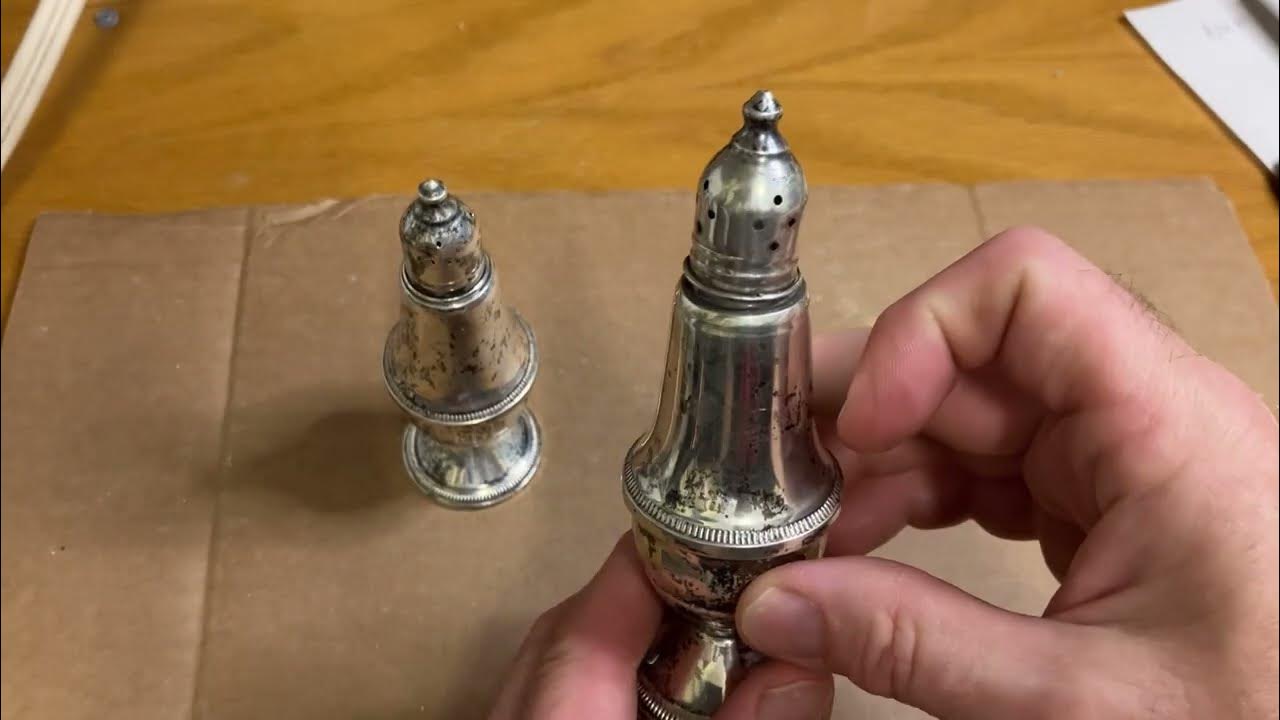

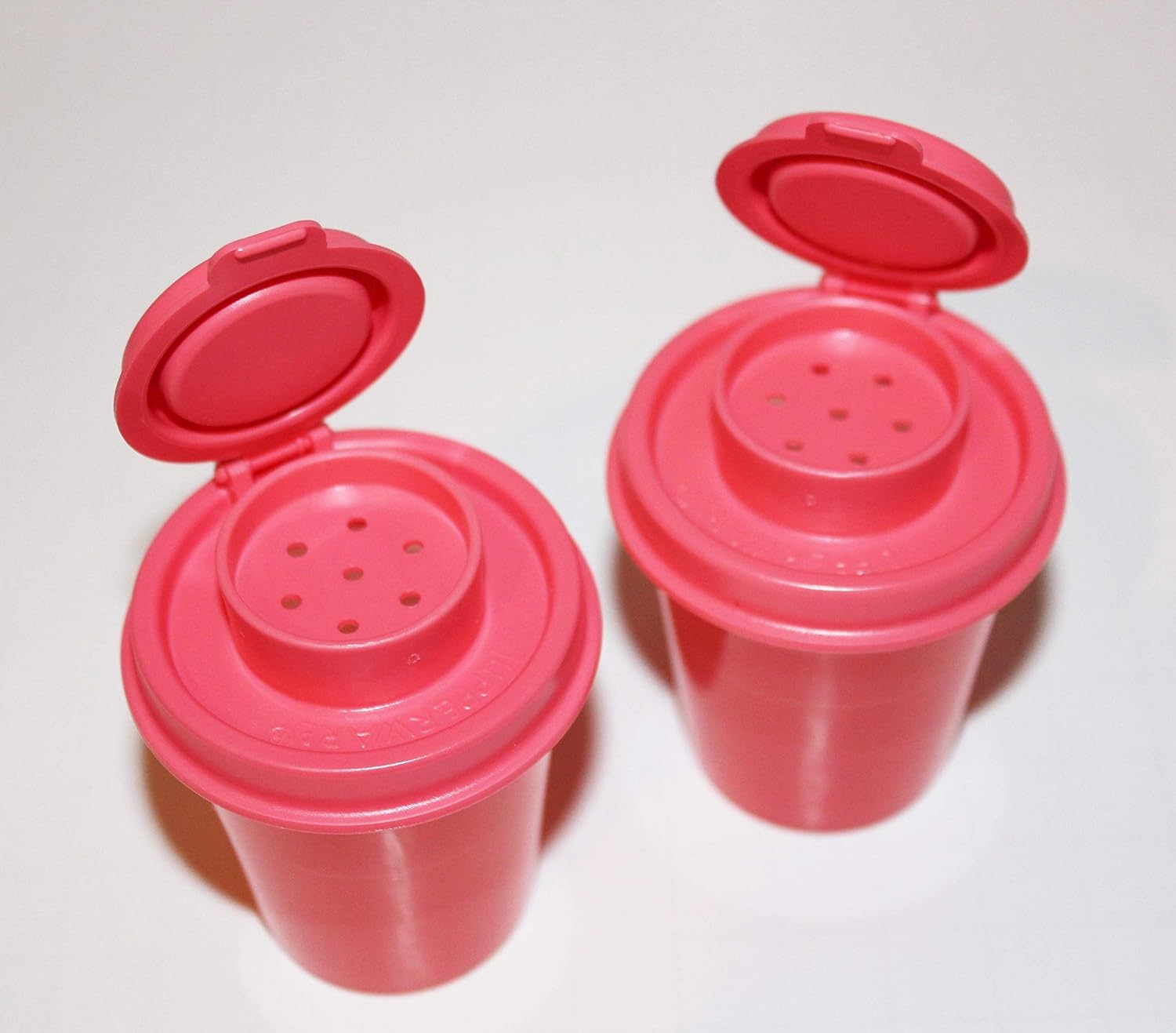

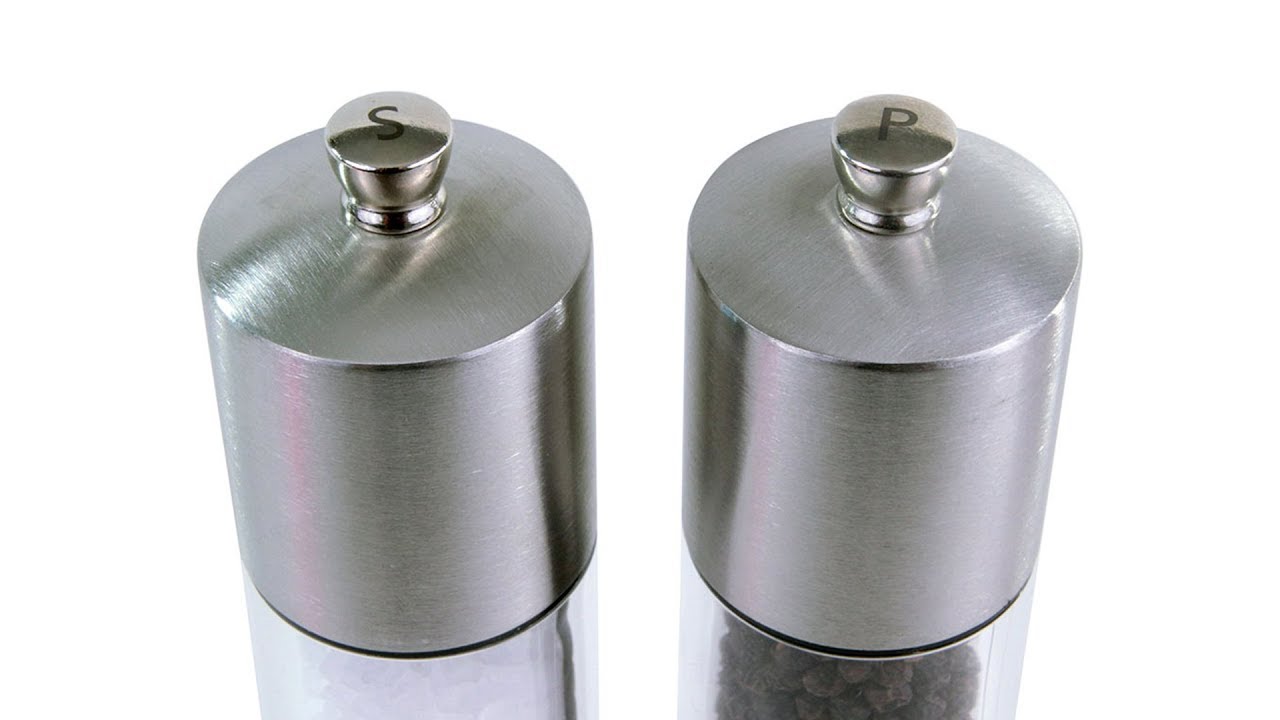
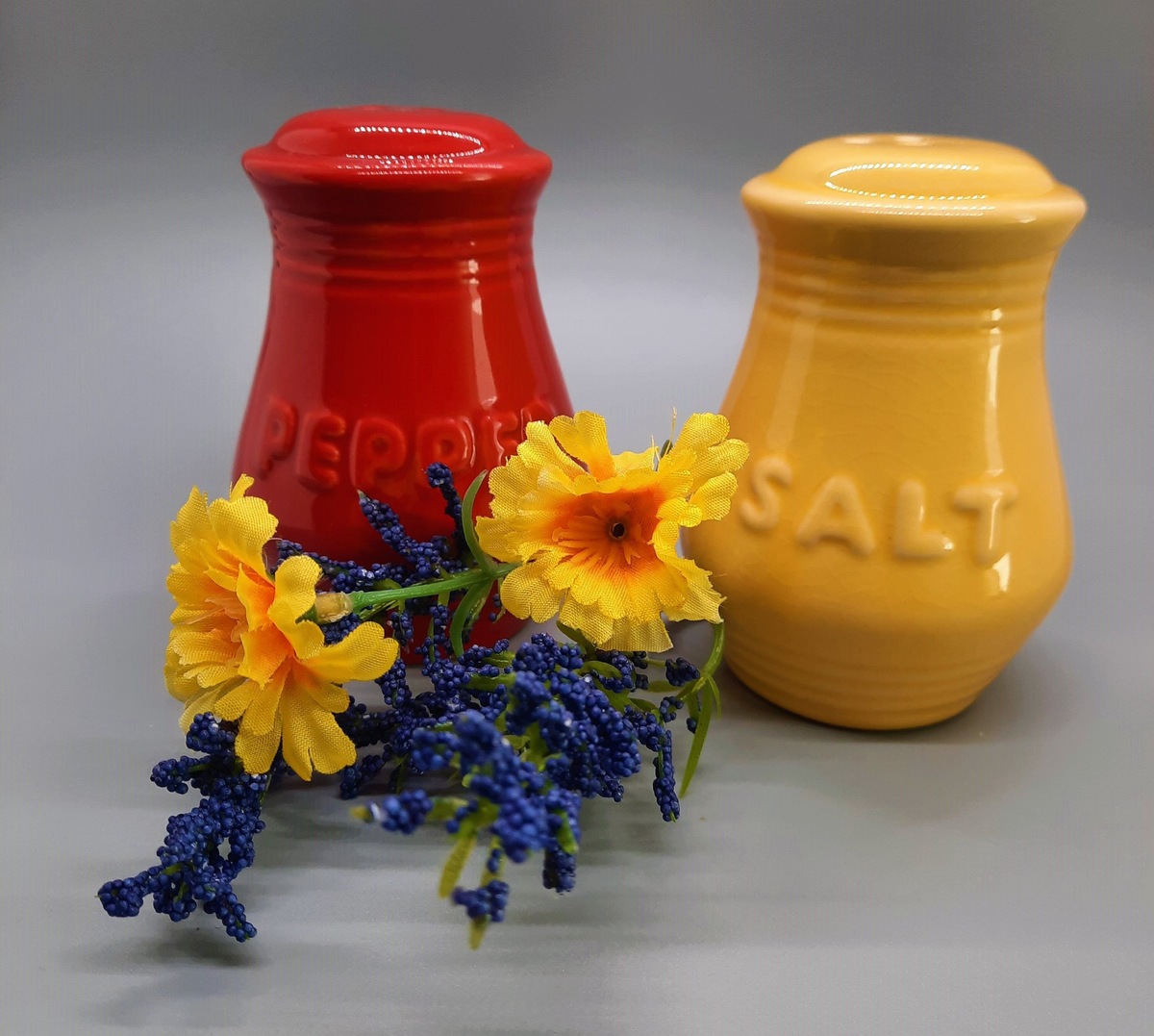
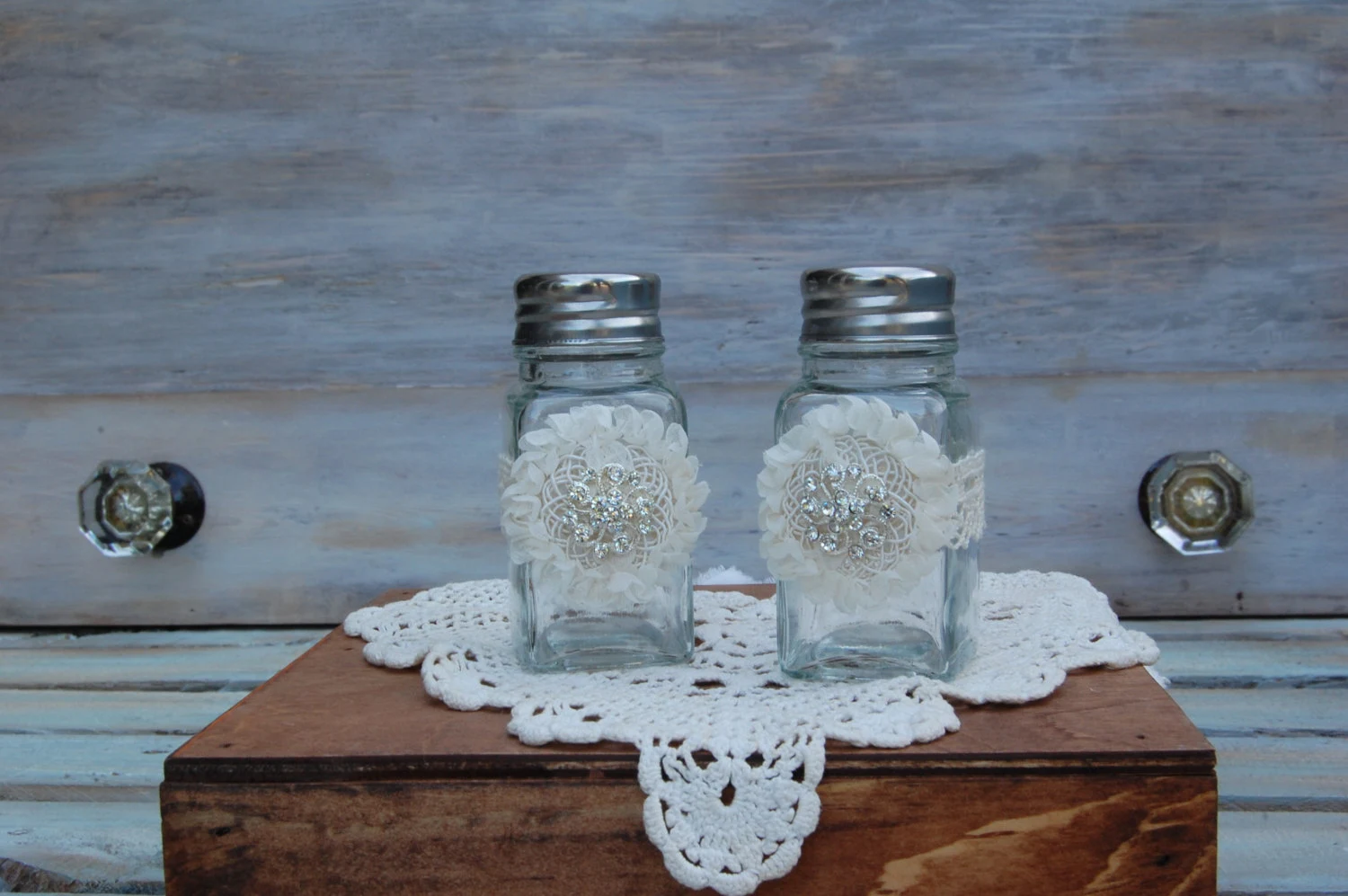
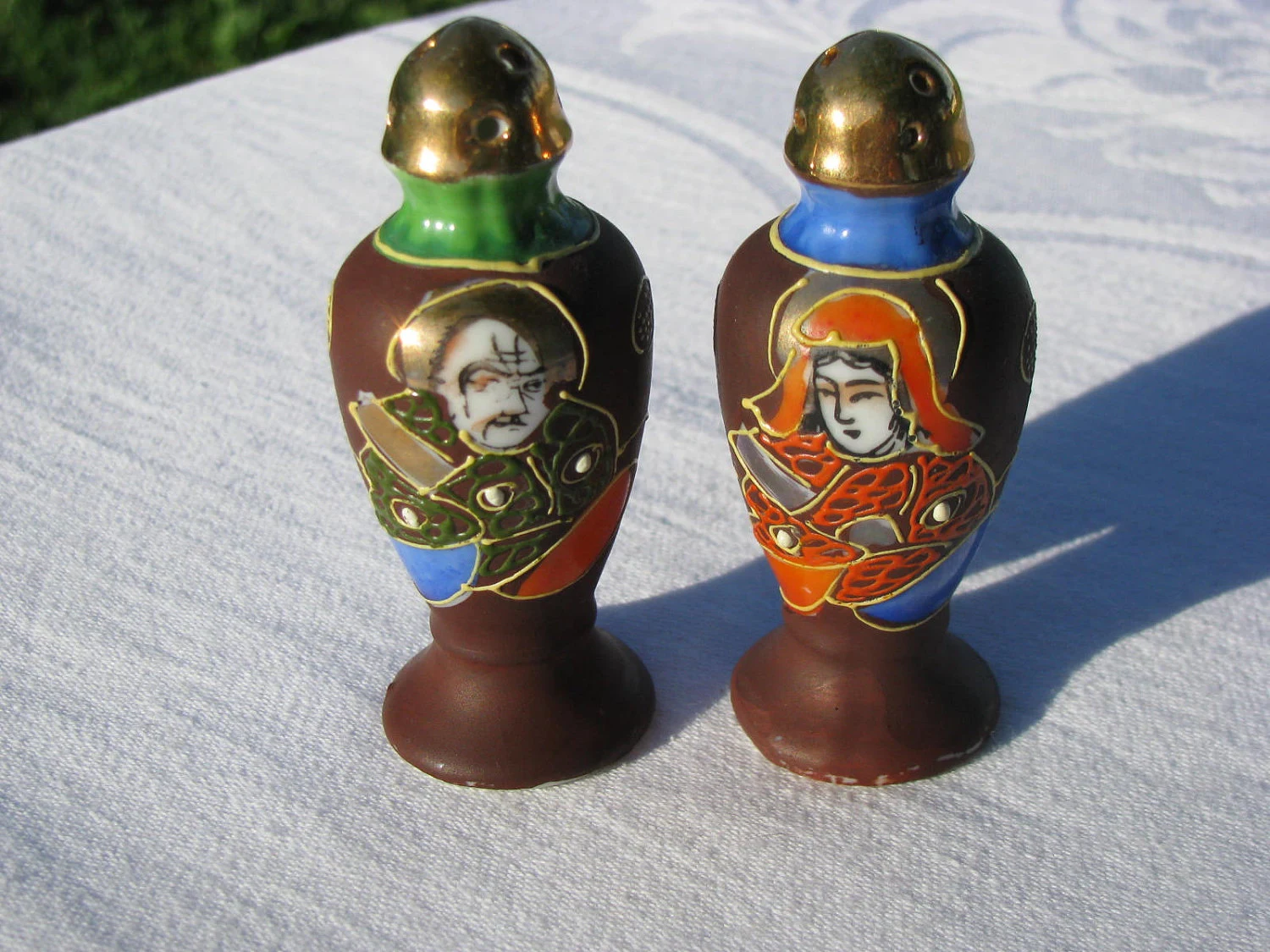
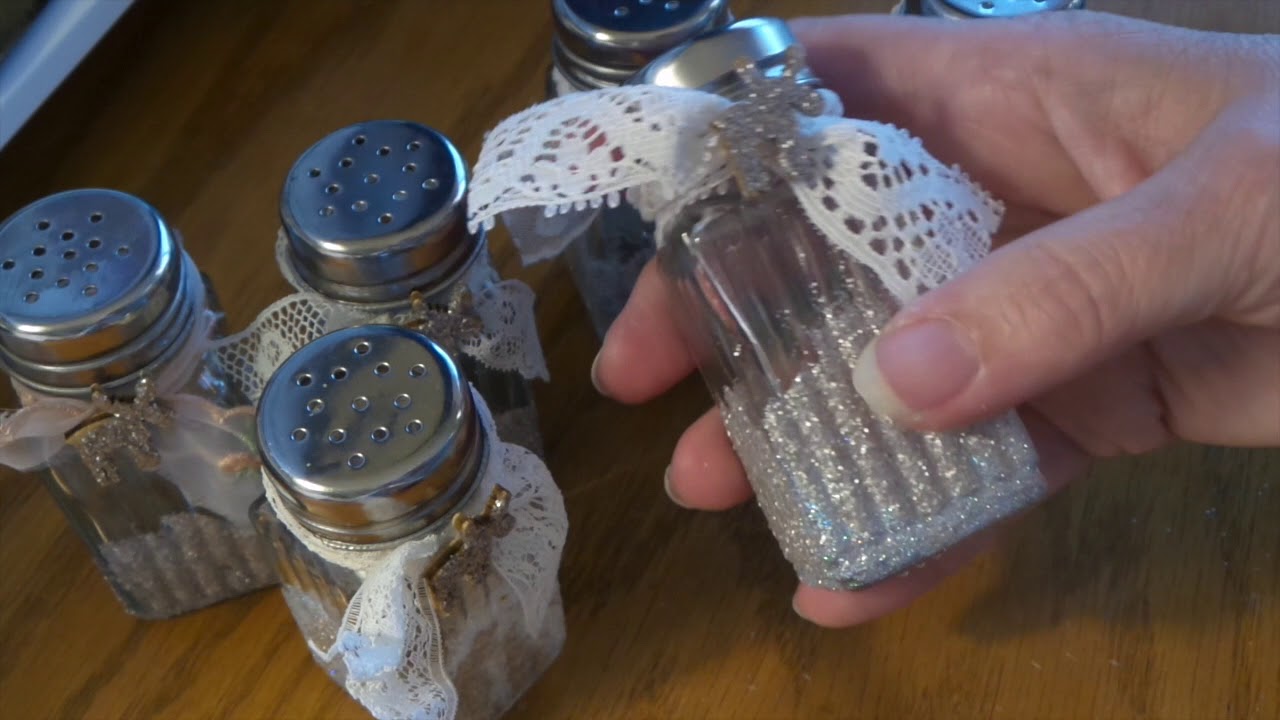
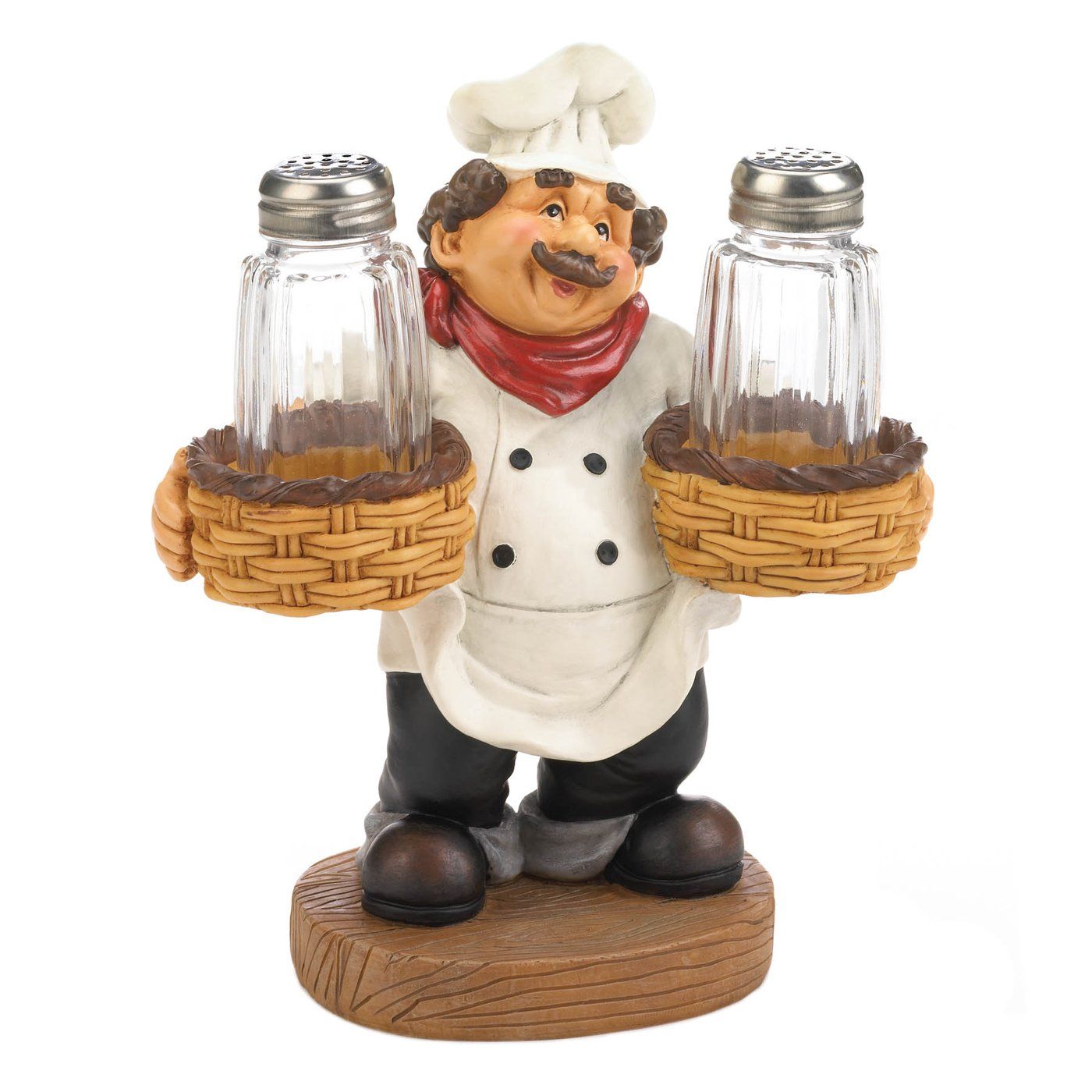
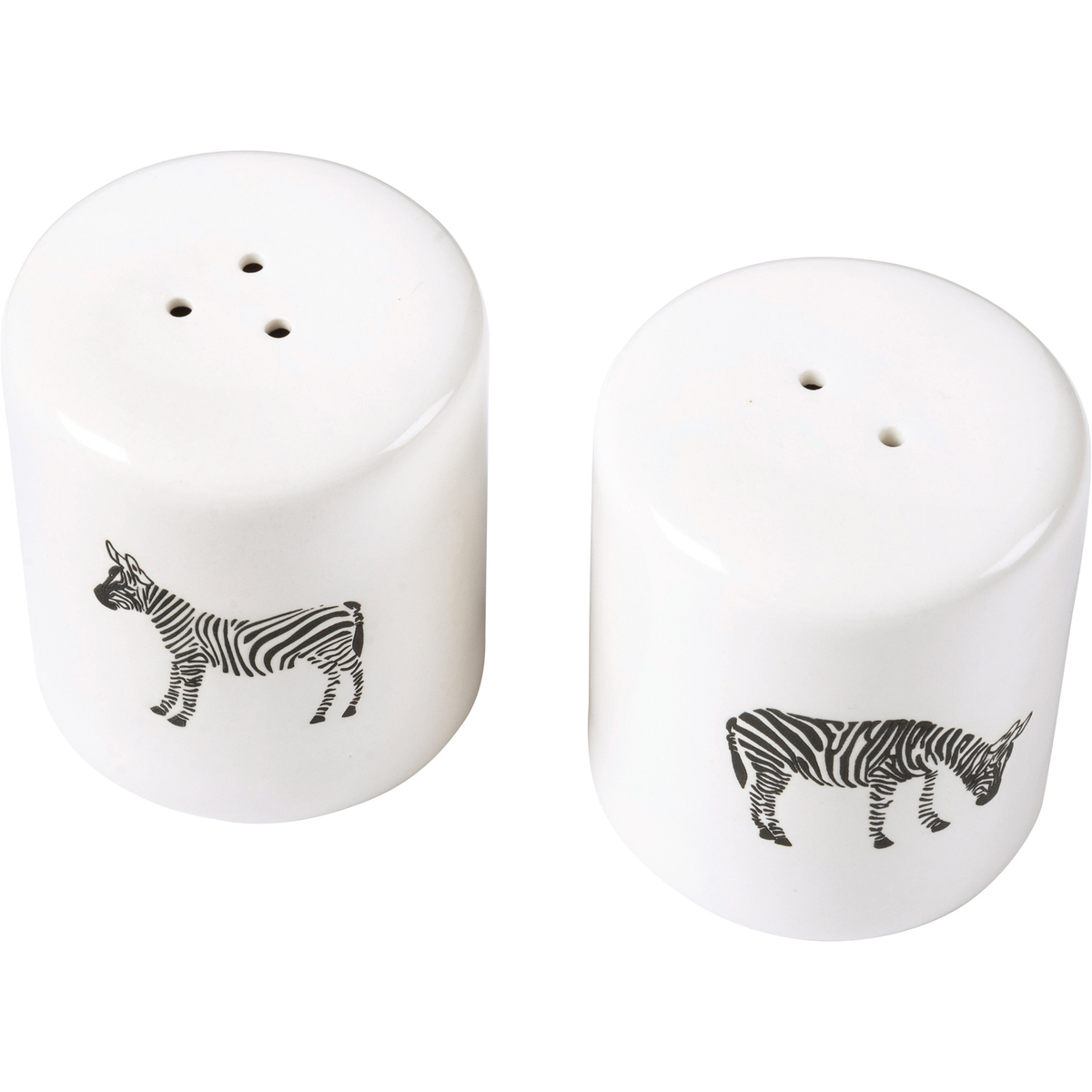
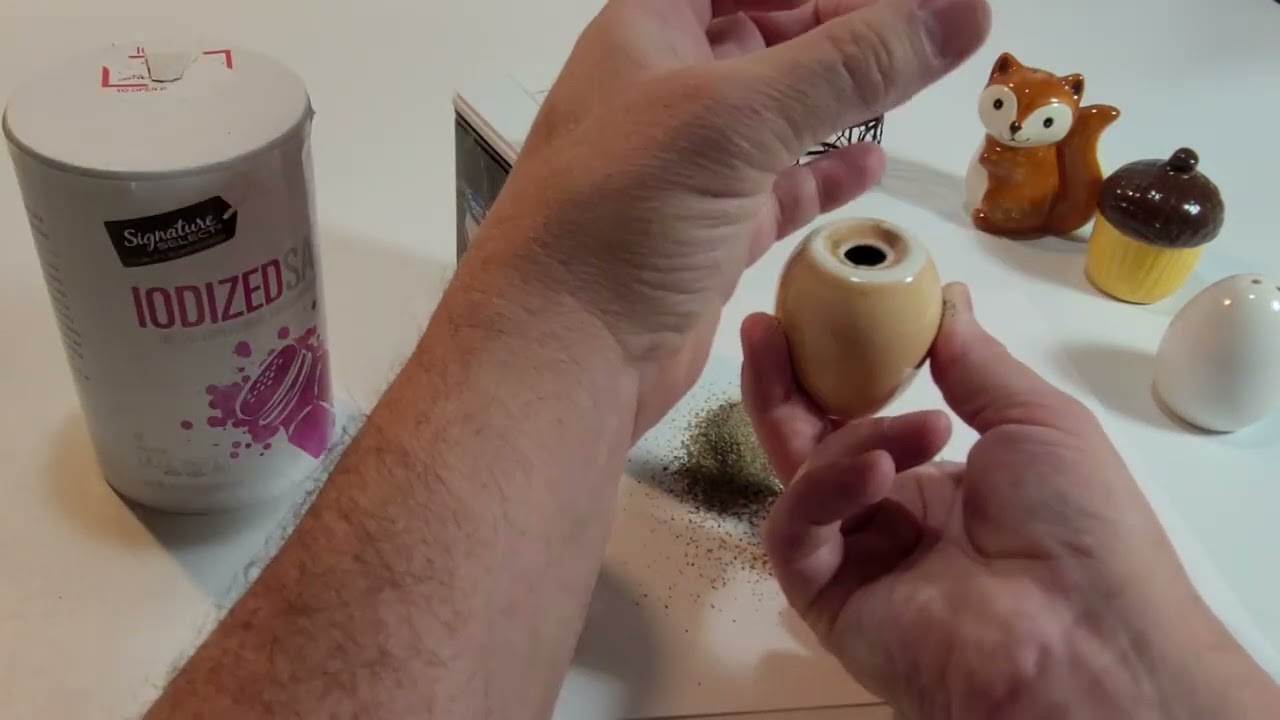
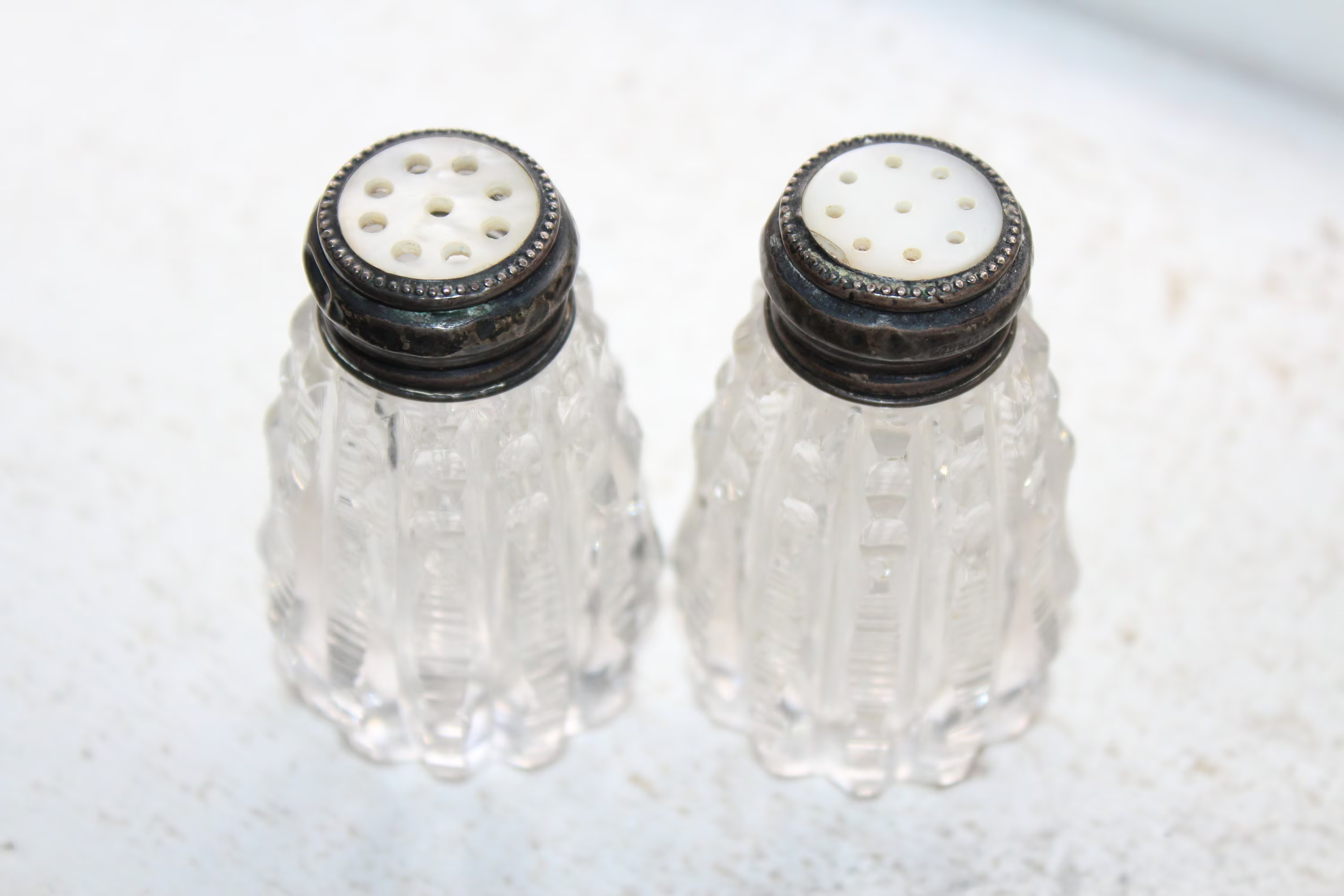
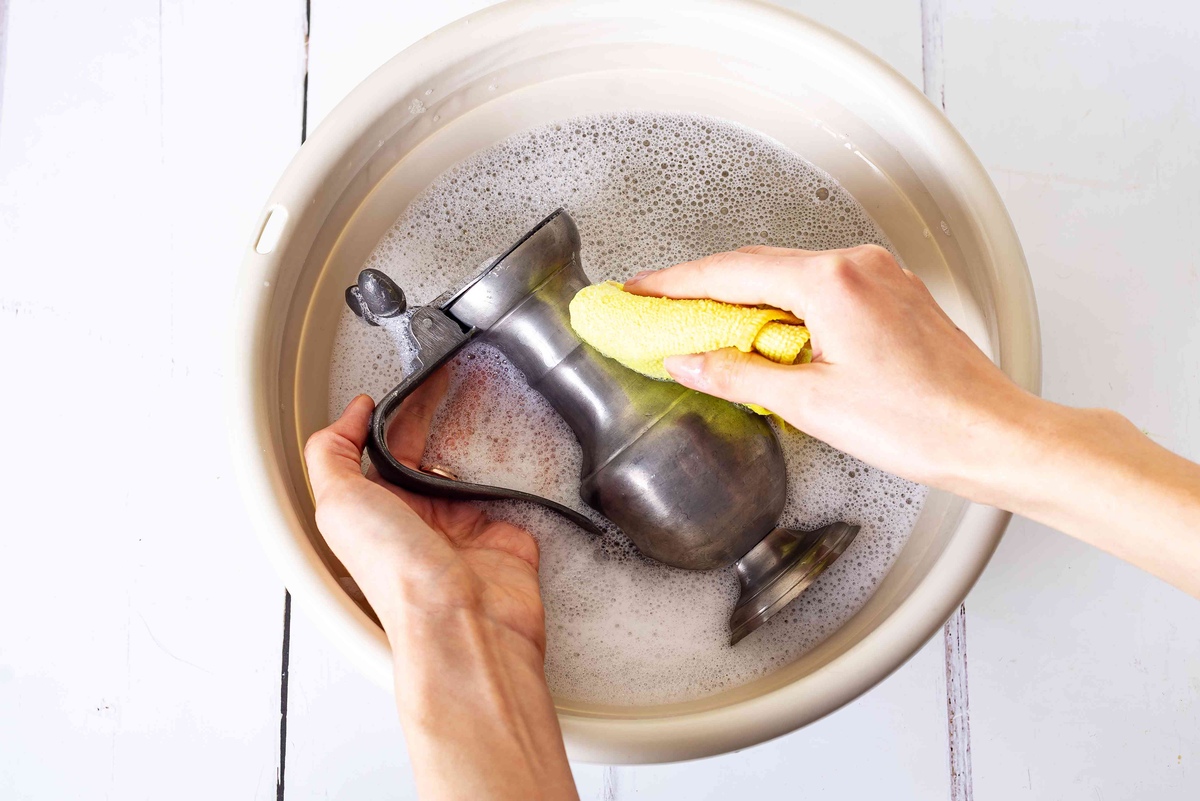

0 thoughts on “What Size Corks Are Used In Vintage Salt And Pepper Shakers?”